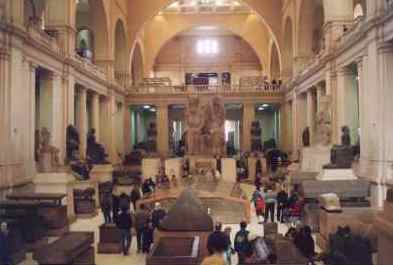 | The Museum of Egyptian Antiquities in Cairo is an unbelievable treasure house of riches. As it develops this section of the site will contain unique photographs of the exhibits there. |
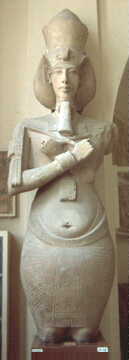 | Anyone interested in Akhenaten and the Amarna period can not fail to be impressed by the Amarna exhibit in a side room off the main corridor in the Museum. The first sight is the lid of the KV55 coffin which is in a glass case in the corridor. 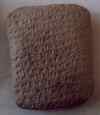 An Amarna Letter
An Amarna Letter | 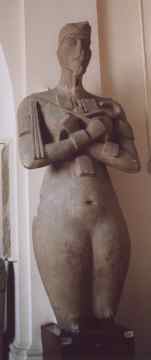 |
| Entering the Amarna room attention is immediately drawn to the 4 colossus statues on the walls (One of which has now been removed). The remaining 3 show Akhenaten in three radically different styles, from the traditional Pharaoh in the Nemes headcloth, via the more rounded figure shown above, to the bizarre androgynous figure shown on the right. | ||
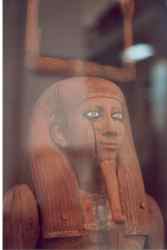 | In addition to all the stone statues which have endured the years, there are also many large wooden pieces on display. This statue shown here is a life size Ka of the Pharaoh Hor. It displays a remarkable state of preservation, surviving all that the last 4000 years, and particularly the last 100, could throw at it. |
| The Cairo museum has a splendid array of sculpture on display. This piece, which I have never seen published previously, shows the Pharaoh Ramesses III being crowned by the traditional enemies Horus and Set. | 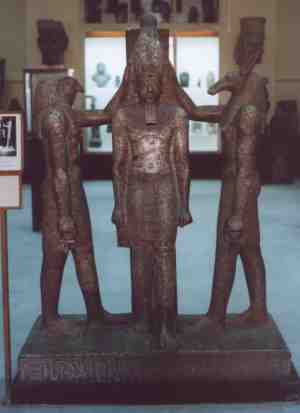 |
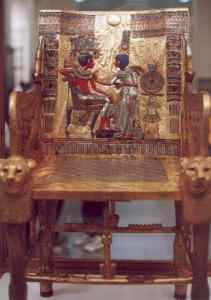 | The most famous objects in the museum come from the tomb of Tutankhamun. See many of these, and find out about the most famous, yet least well known, Pharaoh in the Tutankhamun section | 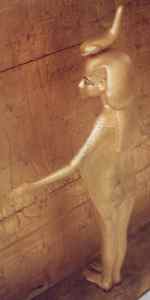 |
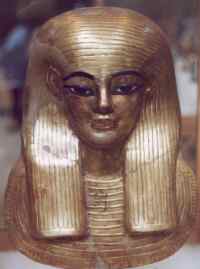 | The tomb of Tjuyu and Yuya was, until the discovery of Tutankhamun's, one of the most spectacular ever found in the Valley of the Kings. Although the burial was robbed in antiquity, a great deal of objects not considered valuable by the robbers remained. Both the mummies were largely intact and were in an amazing state of preservation. |
| It is thought that Yuya, above, and the Lady Tjuyu, whose mask is shown on the right were the parents of Amenhotep III's principal wife Queen Tiye and were thus allowed the privelige of a burial in the royal valley. | 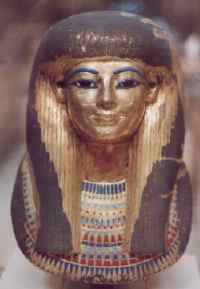 |